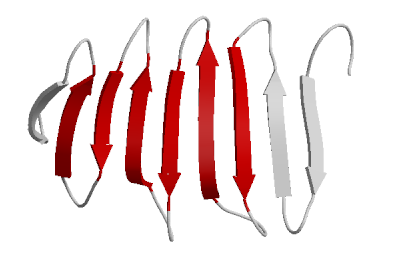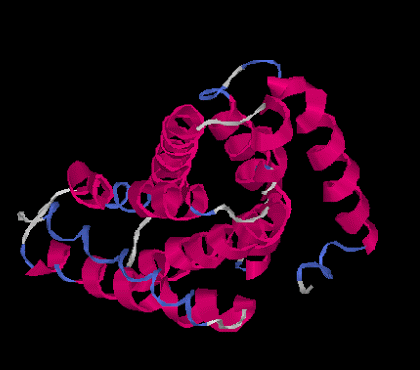What really causes unease goes a lot deeper and its an issue both of economy and human meaning.
One day, artificial intelligence will do what we do best better than us. When that comes our jobs will disappear in droves. On one side of the coin, we have tech experts popping champagne to the idea of not working. They make it sound so good. We can hang out with our friends, play in a virtual reality, and lose our responsibilities. It almost sounds like paradise.
On the other hand, we also have the fast and ugly process of people losing jobs (with the emotional devastation, homelessness, and food shortages) and the achingly slow political process of finding a solution for that. If we let it happen, we are going to have to change the way we think of work and livelihood to support the population. We are going to essentially have to become a welfare state to the most extreme extent.
I find this idea deeply disturbing and unprecedented in a psychological sense. So much of life's meaning gets derived from work in our culture. As progressive as I am (I'm pro the basics for all: healthcare, emergency food, shelter, and water, and education), I'm still in that crowd of people who would rather work to earn luxuries rather than win the lottery. Skill acquisition, my job, and my goals, play an enormous part in my happiness. The payment for it feels like an additional stamp of approval to show that my pursuits are meaningful to other people. If jobs are going to become a thing of the past, my thinking will have to be re-framed.
If everything was taken care of, would we feel less useful? Would our self-esteem diminish? Would we become (more) depressed? Would we live in a seemingly worry free paradise where the hedonic effect came so quickly we were essentially miserable because we had nothing we had to work for?
Even if some jobs didn't remain, they would be highly technical. Not everyone is going to work these jobs. Don't those who are being left out deserve the feeling that are contributing to society as well?
If we look at recent user technology that's developed, we can see some of the harm. Like the rest of my fellow snowflake millennials, I watched social media come and be normalized. When it entered my life, I was far too young to really think of its implications on emotional health.
Now, I can see the ill effects. I see the lack of reservation screen to screen contact gives me when telling off republicans (not good). I've seen pictures that caused me envy and feelings of inferiority. I've caught myself wondering what social media would think as I go about my daily private life. I've googled whether I'm narcissistic. I've been on Buzzfeed and I've taken their quizzes.
It would have be nice if these issues had been predicted with the necessary antidotes, plans, and philosophies to handle it, but I suppose new technology rarely comes out with the proper safety protocols.
People had to die of electrical shock when electricity was first introduced into homes before someone decided to teach people how to not bathe with toasters. Cars were made, then seat belts. Technology pops up. Some people get ran over. Then, society catches up and creates band aids for it.
You can't stop technology, but could we ever learn to actually take actions against the ill effects of tech before it happens? Where is our seat belt for A.I.?






